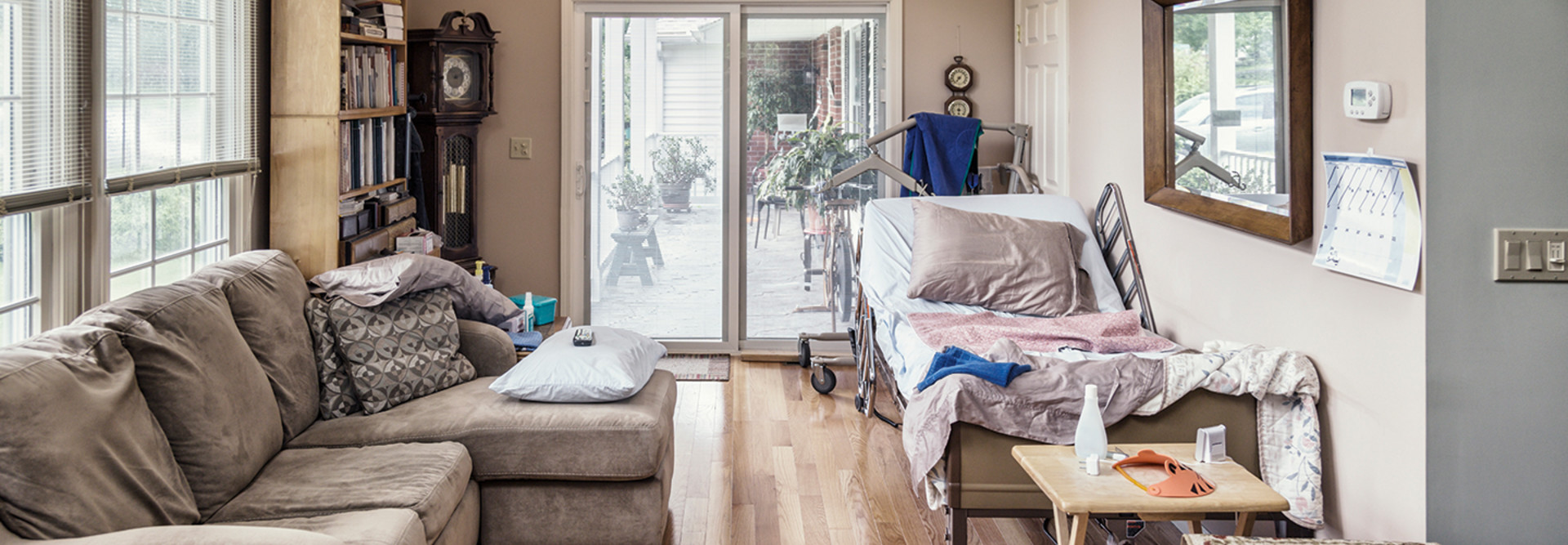The Need to Continue Care at Home
Since 2020, hospital beds have been filled with patients battling COVID-19, and providers have found it safer to provide many patients with home-based care plans for a range of treatments, including infusions, skilled nursing, medications, laboratory and imaging services, behavioral health and rehabilitation services.
Dr. Pippa Shulman, chief medical officer for coalition member Medically Home, says at least 20 percent of hospitalized patients could safely be treated and monitored from their homes. Shulman adds that benefits vary based on the patient and the provider, but overall home treatment allows hospitals to safely care for more people.
“One vantage point is that hospital-at-home programs enable health systems to add capacity to their systems and care for more patients without incurring the sometimes-prohibitive costs associated with adding bed capacity inside their facilities,” Shulman says.
LEARN MORE: Is hospital at home the future of healthcare?
Parodi says that patients with COVID-19, sepsis or pneumonia have been candidates for advanced home care with Kaiser Permanente over the past two years, and the health system has learned more about patients’ environmental and behavioral barriers and how to galvanize caretakers to address them.
“Providing acute care in the home helped combat patient isolation and loneliness, because it allowed family members to be at the patient’s bedside at home, while it also helped hospitals balance the increased demands for hospital beds,” Parodi says.
A Pathway for Increased Home Care
One of the coalition’s goals is to allow time to create a pathway for medical professionals to treat patients with safe, at-home, person-centered care for years to come, Parodi says.
“We would like to see the flexibilities issued by CMS for acute-care services at home extended beyond the duration of the COVID-19 public health emergency,” Parodi says, adding that flexibilities made possible by the Acute Hospital Care at Home waiver program are tied to the end of the public health emergency, which is currently set for mid-April.












